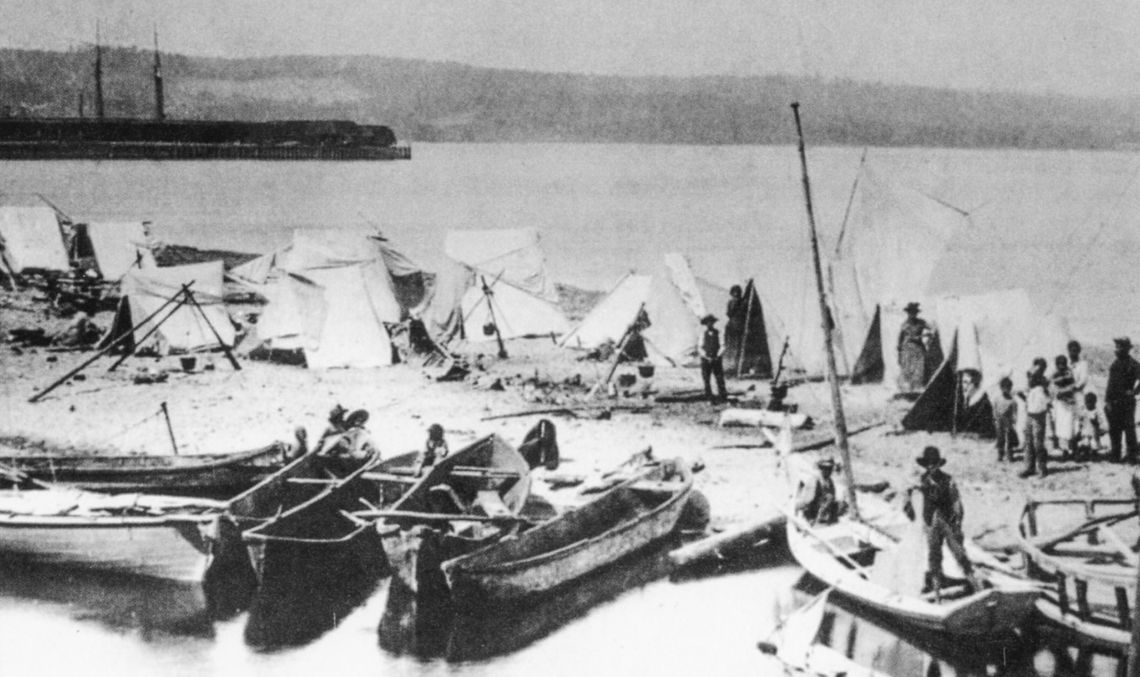The following news story and photos were taken from Kathleen Firestone’s book, “Suttons Bay, Peshawbestown and Bingham Shores of Grand Traverse Bay.”
1850s
Suttons Bay is a perfect example of how early settlers built docks, docks brought commerce, new businesses were established, the town grew to add young families while still keeping names of its pioneers.
PLEASE LOG IN FOR PREMIUM CONTENT. Our website requires visitors to log in to view the best local news.
Not yet a subscriber? Subscribe today!









